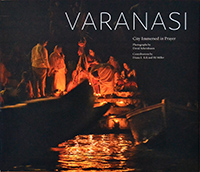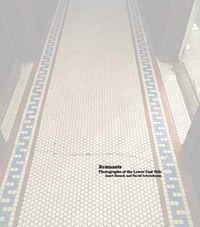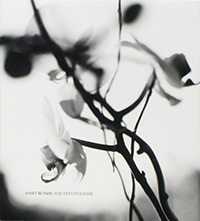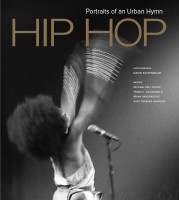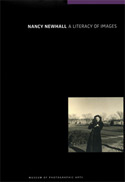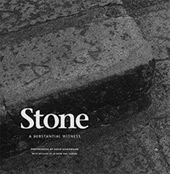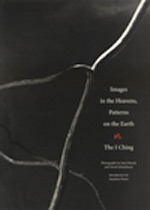PUBLICATIONS
-
Varanasi: City Immersed in Prayer
Varanasi, also known as Kashi and Banaras, is a city in the northern Indian state of Uttar Pradesh dating to the 11th century B.C.E. Regarded as the spiritual capital of India, the “City of Light” draws Hindu pilgrims who bathe in the Ganges River’s sacred waters for prayer and ritual. In Varanasi, one is in some sort of time warp where one is living in history as if time has never stopped, where both residents and pilgrims, continue their daily practices and worship in ways relatively unchanged for millennia, a continuum of thousands of years. Being in Varanasi is like being on a thread pulled from a cloth that dates back to the beginning of time. Here, one doesn’t “see” a ruin, as one does in other ancient civilizations, but discovers a living city where history hasn’t stopped.
-
Remnants, Photographs of the Lower East Side
Throughout its history, New York’s Lower East Side has reflected the cultural demographics of the city. In 1890, Jacob Riis published How The Other Half Lives, a photographic indictment that exposed the deplorable and dangerous living and working conditions of newly arrived immigrants who had come to America seeking a better life. Faced with circumstances that in many cases were worse than what they left behind, these immigrants were championed in Riis’s book. Subsequently, the Lower East Side fostered a rich cultural environment for immigrant life, becoming the home to many ethnic groups as they settled and brought with them their customs, foods, and beliefs for most of the 20th century.
-
The Tenuous Stem
The poignancy and promise of the life cycle informs Janet Russek’s long term photographic project, The Tenuous Stem. She began this work expressing sadness over loss, while noting the possibility of new life carried by a seed or a stem. In 1989, Eliot Porter—her mentor and friend—gave her a monorail camera. The camera was too unwieldy for anything but studio work, and although she has always worked with 4 x 5 cameras, she set up still lifes for the first time in 1993 to use it.
-
Hip Hop: Portraits of an Urban Hymn
Since its inception in the 1970s, hip hop music and the culture surrounding it has become a hugely influential and popular musical form in America and around the world. Its popularity extends beyond the urban centers where it was born, and pervades and influences youth culture around the globe. However, few artists have created serious and powerful photographs that explore the breadth of the phenomenon. With this volume, David Scheinbaum has done just that.
-
Beaumont’s Kitchen: Lessons on Food, Life & Photography
Considered by many to be the father of the history of photography, Beaumont Newhall was known by his intimate circle as a great chef and gracious host as well.
-
Nancy Newhall: A Literacy of Images
Nancy’s own photography is little known. Her main concern for the last 30 years of her life was working closely with photographers in the production of book magazine articles and exhibitions; she was reluctant to put forth her own photography, yet without her mastery of the medium she could not have understood its accomplishments and potentials as she did.
-
Stone: A Substantial Witness
In the words of Chile’s Nobel Laureate, Pablo Neruda, stone is “a substantial witness” to the “trembling world,” a solid reflection of mutable things. The photographic images presented in this volume intimately capture the enduring quality and varied uses of stone across time, geography, and diverse human cultures
-
Images in the Heavens, Patterns on the Earth: The I Ching
Both Scheinbaum & Russek, photographers, began to make images that were personal interpretations of the 64 hexagrams or commentaries in the I Ching. The images are not literal interpretations – not a photograph of a lake, or a mountain, etc., but rather, they are interpretations based on the understanding of the images and the emotional response to the Hexagram using the natural world as interpreter.
